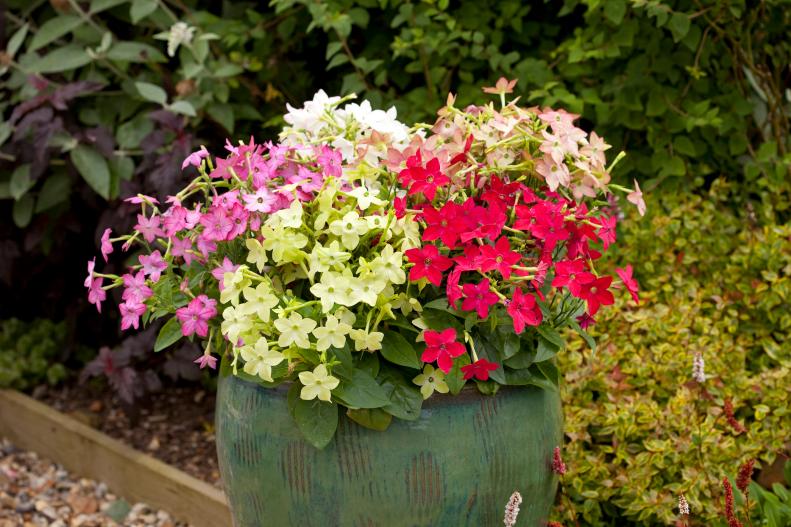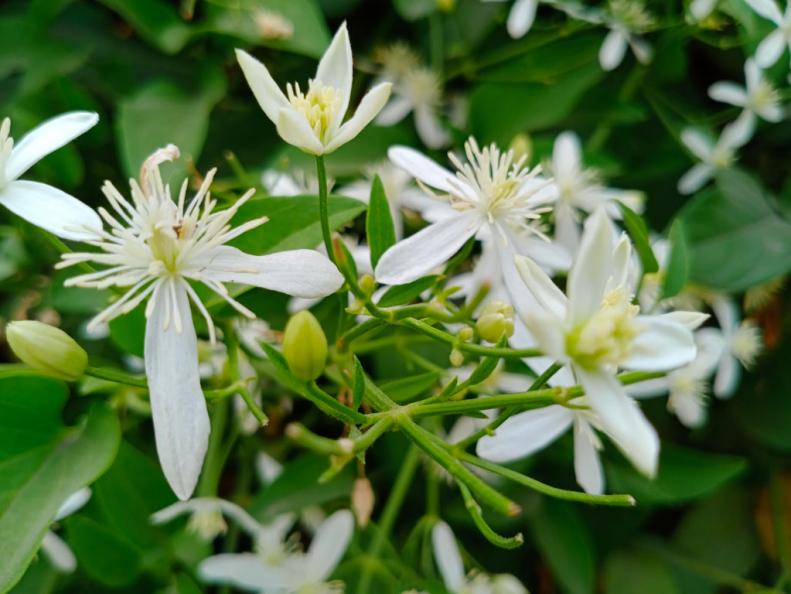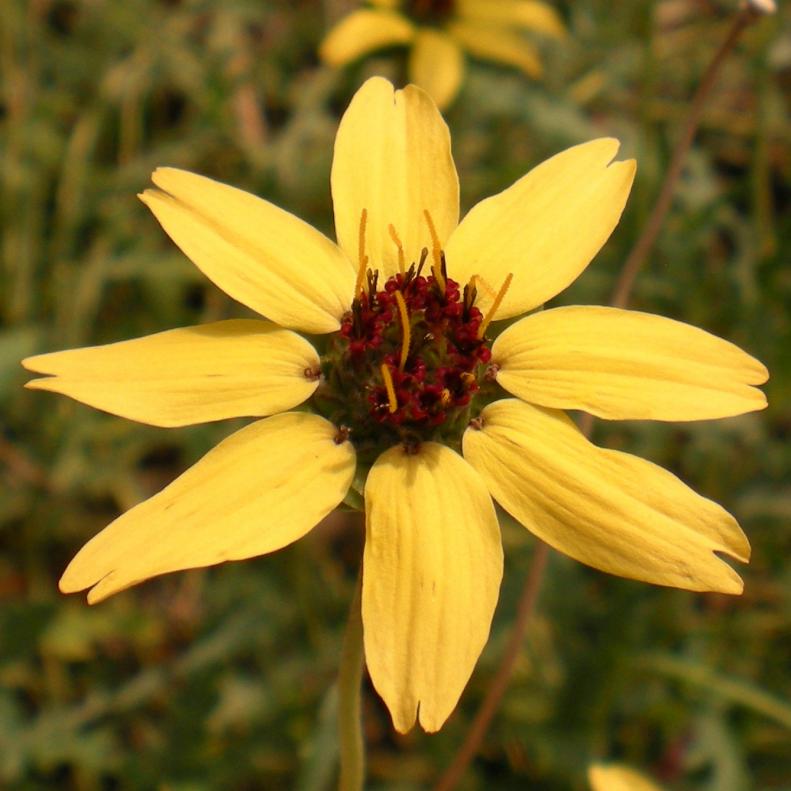Moonflowers Unfurl Blooms at Night
The garden is a different world in the evening. Night-blooming plants seem to glow in the moonlight while fragrant flowers lure nectar-sipping moths; bats snapping up pesky insects; beetles; certain bees; and other pollinators. A garden designed to be enjoyed after sunset is especially inviting if you're away from home during the day and miss being outdoors.
"Moonflower" sounds romantic, but Ipomoea alba has other names, including moon vine and white morning glory. This beauty is a tender vine that unfurls silky-white, 6-inch blooms on warm evenings, perfuming the air from summer until frost and luring nocturnal pollinators like sphinx moths.
Hardy in USDA Gardening Zones 10-12, moonflowers are easy to grow from seeds. Moonflowers need moist, rich soil that drains easily and full sun to grow 10 to 20 feet tall and 6 feet across. Let them trail from hanging baskets and window boxes, climb trellises or spread as groundcovers. Moonflower plants are toxic and their seeds are hallucinogenic, so keep animals and children away.
Browse our collection of beautiful, fragrant night bloomers and make a list of the ones you want to plant. Most are easy to grow, so you'll have time to sit back and enjoy the show after dark.









